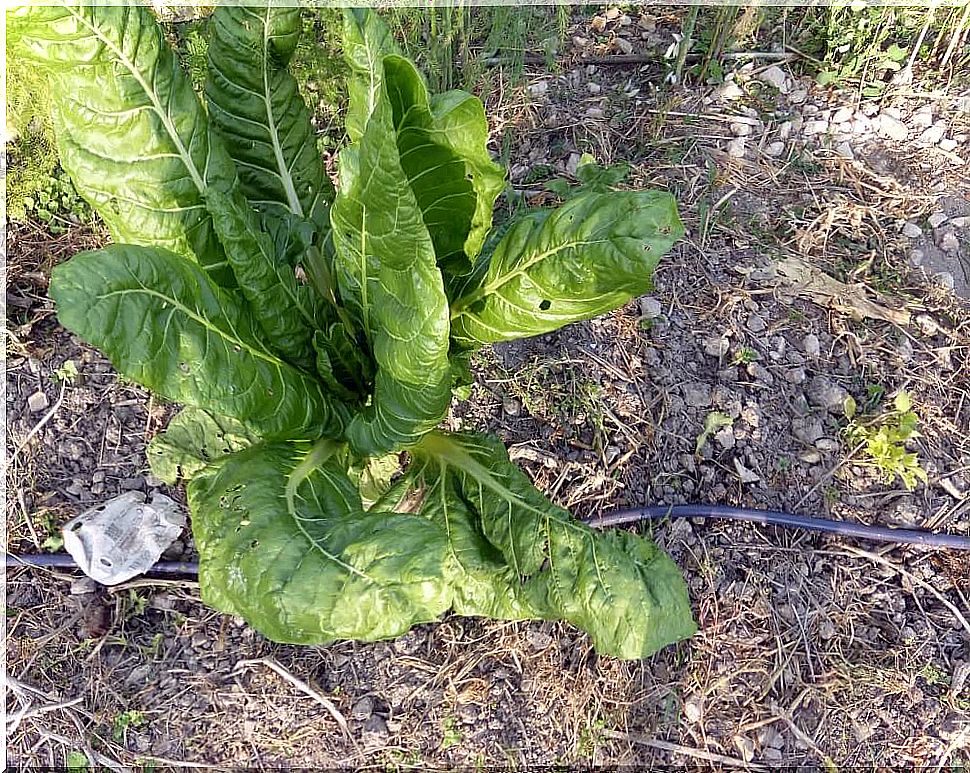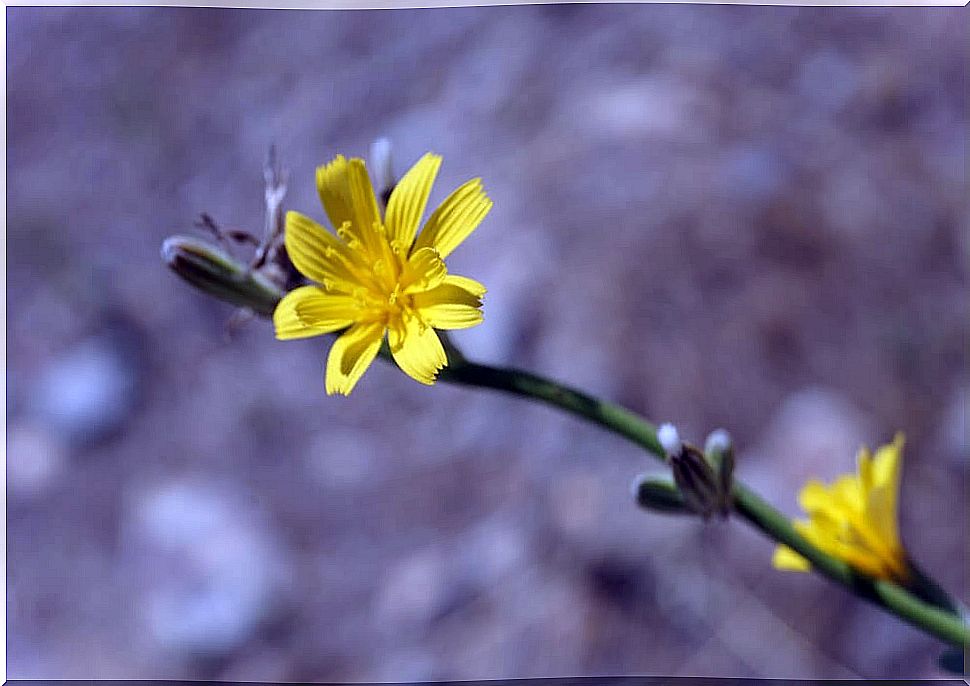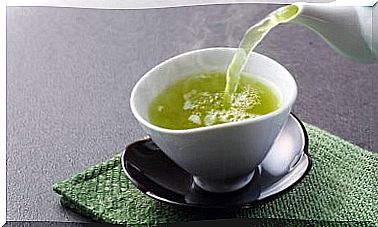8 Plants You Didn’t Know Were Edible
For many decades we have discarded a wide variety of plants and shrubs that grow wild in the field or garden, considering them to be “weeds” or “weeds”.
What we overlook is that, in ancient times, many of these were used alternatively in the kitchen, since they contain important essential nutrients.
While they are not as popular as traditional aromatic herbs, they are edible and have exotic flavors that can be interesting in many preparations.
This is why, before starting them the next time, we propose to let them grow to prepare different and flavorful recipes.
Do you dare to try them?
1. Wild chard (Beta vulgaris)

Wild chard grows in more or less fertile places. It is typical to find it in the lots of industrial estates that have not been cultivated or in the surroundings of the roads.
- It stands out for its high content of vitamins and minerals, which is superior to cultivated chard.
- In addition, they have no chemical residues.
2. Nettle (Urtica dioica)
Nettle is a well-known plant in natural medicine, since its properties facilitate the treatment of various symptoms that affect health.
However, due to its itchy villi, it is difficult to think that it can be included in various dishes.
The truth is that, when it is subjected to temperatures above 60 ºC, the stinging substance disappears and facilitates its inclusion in dishes.
- Boiled nettle can be added, for example, in preparations with tortillas or potatoes.
3. Juniper (Juniperus communis)

Juniper is a sharp shrub characterized by its lilac fruits that grow in pine groves. Some time ago it was used to make gin.
Very few use it today. Despite this, its fruits serve as a condiment for stews, meats and sauces.
- We can crush them and add them in this type of recipes, since they provide a very attractive forest aroma.
4. Sweet lettuce (Reichardia picroides)
The sweet lettuce is a perennial plant that grows in loamy soils. The edible part are those leaves that come out at the base just before flowering.
- These leaves can be used as alternatives in salads.
- In fact, they can be consumed on their own because they are soft, meaty and have a pleasant taste.
5. Wild caterpillar (Diplotaxis erucoides)
This variety of wild plant grows among vines and olive trees, and stands out for its white flower. It is in the same family as cabbages and broccoli and, in fact, its leaf has a similar taste.
However, its most interesting use is in the consumption of the flower, which has a slight mustard flavor.
- This is crushed with oil, as if it were a vinaigrette, and can be used as a dressing for salads.
6. Colleja (Silene vulgaris)
It is one of the “weeds” that have not been so forgotten. At present it is still consumed in various preparations of Spanish cuisine.
It occurs in the surroundings of cultivated lands and, although before it was difficult to eliminate it, today a large part has disappeared as a result of the use of herbicides.
Its small leaves are used in the kitchen and, although its flavor is a bit similar to spinach, they have nothing to do with it.
- They are used to prepare tortillas, they can be added to salads, and they are also boiled like any other vegetable.
7. Sweet chicory (Chondrilla juncea)

It typically grows in rainfed regions or in orchards that are not watered often. When the plant is small, it has characteristics that resemble the popular dandelion.
However, once it grows, it spikes and forms a clump of yellow flowers.
- The leaves are consumed and it goes very well in salads.
8. Fennel (Foeniculum vulgare)
Wild fennel grows around roads; however, a cultivated variety is also available today.
It is fibrous and for consumption it must be cut into small pieces that are then mixed with green shoots, pasta or legumes, among others.
- Its particular anise flavor gives a very fresh touch to salads.
- It can be added in fruit juices to take advantage of its digestive qualities.
- The seeds are ideal for seasoning some dishes.
Important : Before eating any of these herbs, it is essential to make sure that they are correct and that they are well prepared.
If they are growing in areas exposed to any chemical, it is better to discard their consumption. Therefore, we must take special care when we collect them.









